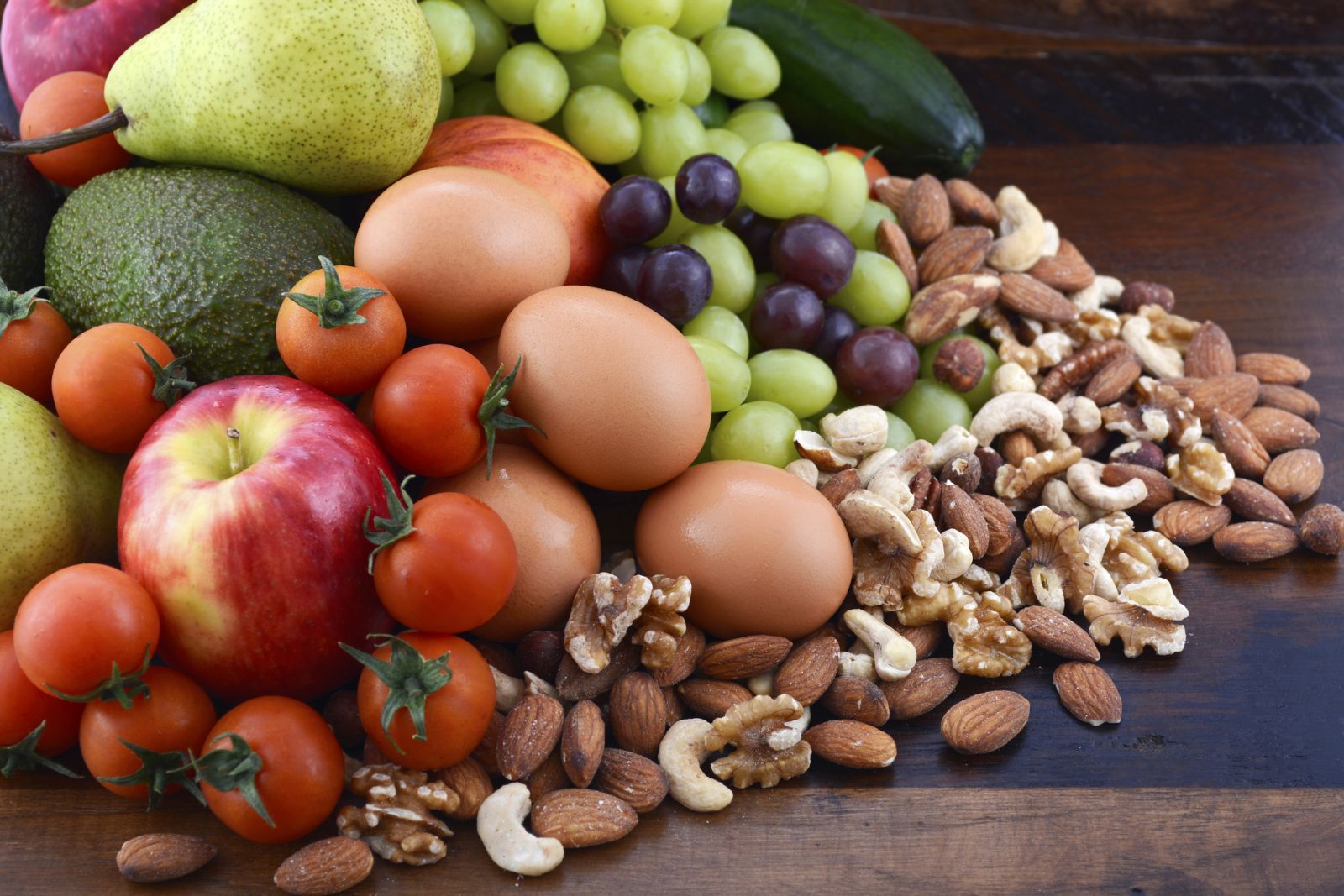Measuring carbohydrate effects can help glucose management

The glycemic index is a value assigned to foods based on how slowly or how quickly those foods cause increases in blood glucose levels. Foods low on the glycemic index (GI) scale tend to release glucose slowly and steadily. Foods high on the glycemic index release glucose rapidly. Low GI foods tend to foster weight loss, while foods high on the GI scale help with energy recovery after exercise, or to offset hypo- (or insufficient) glycemia. Long-distance runners would tend to favor foods high on the glycemic index, while people with pre- or full-blown diabetes would need to concentrate on low GI foods. Why? People with type 1 diabetes can't produce sufficient quantities of insulin and those with type 2 diabetes are resistant to insulin. With both types of diabetes, faster glucose release from high GI foods leads to spikes in blood sugar levels. The slow and steady release of glucose in low-glycemic foods helps maintain good glucose control.
To help you understand how the foods you are eating might impact your blood glucose level, here is an abbreviated chart of the glycemic index for more than 60 common foods. A more complete glycemic index chart can be found in the link below.
| FOOD | Glycemic index (glucose = 100) |
| HIGH-CARBOHYDRATE FOODS | |
| White wheat bread* | 75 ± 2 |
| Whole wheat/whole meal bread | 74 ± 2 |
| Specialty grain bread | 53 ± 2 |
| Unleavened wheat bread | 70 ± 5 |
| Wheat roti | 62 ± 3 |
| Chapatti | 52 ± 4 |
| Corn tortilla | 46 ± 4 |
| White rice, boiled* | 73 ± 4 |
| Brown rice, boiled | 68 ± 4 |
| Barley | 28 ± 2 |
| Sweet corn | 52 ± 5 |
| Spaghetti, white | 49 ± 2 |
| Spaghetti, whole meal | 48 ± 5 |
| Rice noodles† | 53 ± 7 |
| Udon noodles | 55 ± 7 |
| Couscous† | 65 ± 4 |
| BREAKFAST CEREALS | |
| Cornflakes | 81 ± 6 |
| Wheat flake biscuits | 69 ± 2 |
| Porridge, rolled oats | 55 ± 2 |
| Instant oat porridge | 79 ± 3 |
| Rice porridge/congee | 78 ± 9 |
| Millet porridge | 67 ± 5 |
| Muesli | 57 ± 2 |
| FRUIT AND FRUIT PRODUCTS | |
| Apple, raw† | 36 ± 2 |
| Orange, raw† | 43 ± 3 |
| Banana, raw† | 51 ± 3 |
| Pineapple, raw | 59 ± 8 |
| Mango, raw† | 51 ± 5 |
| Watermelon, raw | 76 ± 4 |
| Dates, raw | 42 ± 4 |
| Peaches, canned† | 43 ± 5 |
| Strawberry jam/jelly | 49 ± 3 |
| Apple juice | 41 ± 2 |
| Orange juice | 50 ± 2 |
| VEGETABLES | |
| Potato, boiled | 78 ± 4 |
| Potato, instant mash | 87 ± 3 |
| Potato, french fries | 63 ± 5 |
| Carrots, boiled | 39 ± 4 |
| Sweet potato, boiled | 63 ± 6 |
| Pumpkin, boiled | 64 ± 7 |
| Plantain/green banana | 55 ± 6 |
| Taro, boiled | 53 ± 2 |
| Vegetable soup | 48 ± 5 |
| DAIRY PRODUCTS AND ALTERNATIVES | |
| Milk, full fat | 39 ± 3 |
| Milk, skim | 37 ± 4 |
| Ice cream | 51 ± 3 |
| Yogurt, fruit | 41 ± 2 |
| Soy milk | 34 ± 4 |
| Rice milk | 86 ± 7 |
| LEGUMES | |
| Chickpeas | 28 ± 9 |
| Kidney beans | 24 ± 4 |
| Lentils | 32 ± 5 |
| Soya beans | 16 ± 1 |
| SNACK PRODUCTS | |
| Chocolate | 40 ± 3 |
| Popcorn | 65 ± 5 |
| Potato crisps | 56 ± 3 |
| Soft drink/soda | 59 ± 3 |
| Rice crackers/crisps | 87 ± 2 |
| SUGARS | |
| Fructose | 15 ± 4 |
| Sucrose | 65 ± 4 |
| Glucose | 103 ± 3 |
| Honey | 61 ± 3 |
|
Data are means ± SEM. * Low-GI varieties were also identified. † Average of all available data. |
|
The complete list of the glycemic index and glycemic load for more than 1,000 foods can be found in the article "International tables of glycemic index and glycemic load values: 2008" by Fiona S. Atkinson, Kaye Foster-Powell, and Jennie C. Brand-Miller in the December 2008 issue of Diabetes Care, Vol. 31, number 12, pages 2281-2283.
To get the lowdown on glycemic index and glycemic load, read more about it here.
American Diabetes Association, 2008. Copyright and all rights reserved. This chart has been used with the permission of American Diabetes Association.
image: © Amarosy | Dreamstime.com





